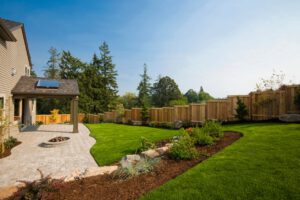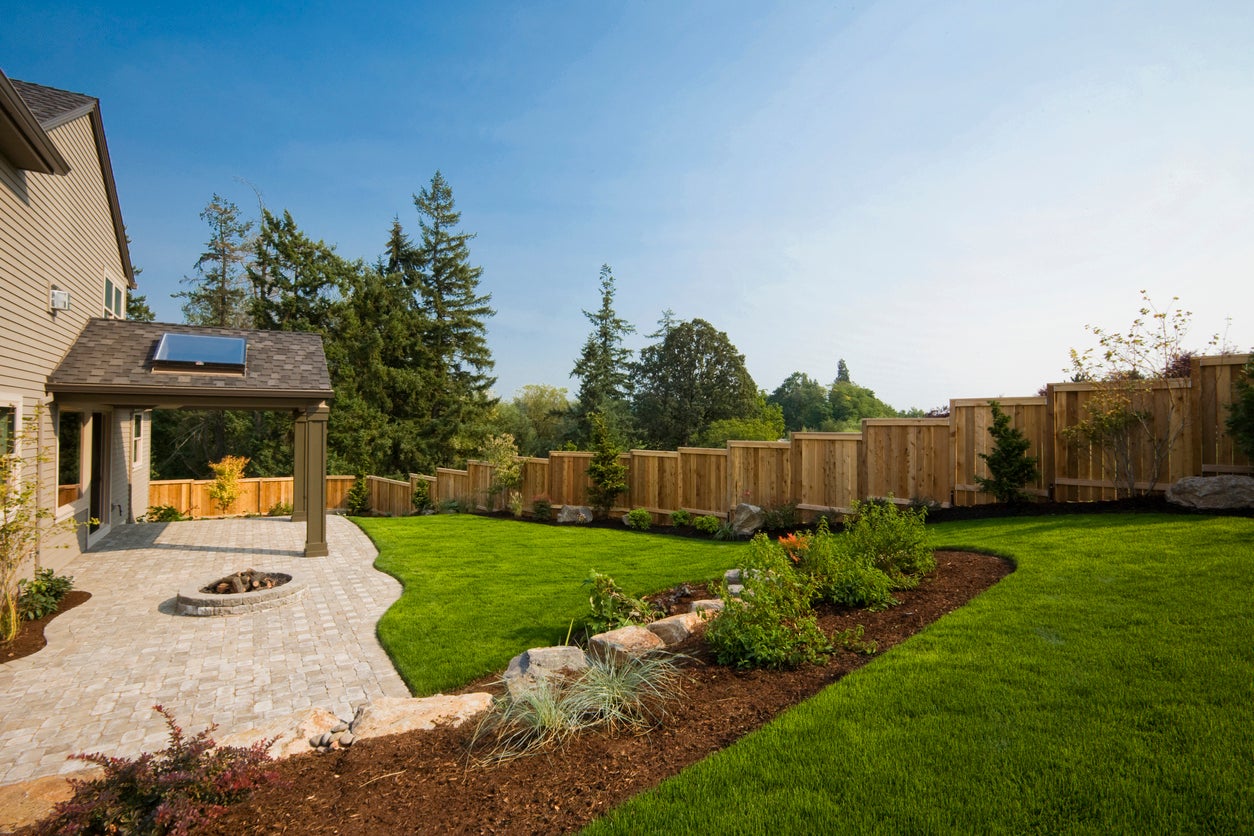Landscape design is the design of garden spaces. It involves the application of landscape architecture, natural and cultural features, and landscape construction. Landscaping can incorporate both hardscaping and softscaping techniques. Softscaping is a design technique that includes the use of plants and flowers for the purpose of adding color and texture to a space.
Hardscaping and softscaping are two different landscaping design elements. Both can be used to increase the aesthetic appeal of a property. The balance between them can help you achieve a beautiful yard that attracts visitors and catches the eye of potential buyers.
Softscaping is a form of landscaping that incorporates natural elements into the landscape. These include shrubs, flowers, grass, and soil.
Hardscaping is a more solid form of landscaping. It involves the use of inorganic elements such as pavers, stone walls, and brick. It is designed to create an organized look for a property and add features and functions.
Hardscaping can be used to create a more industrial-looking yard. The first impression a buyer has of your home is its exterior. If it is not a good one, it can affect the value of your house.
Softscaping is more flexible, meaning you can change it up at any time. Unlike hardscaping, which can be very expensive to replace, you can experiment with different designs for your softscaping.
A lot of people choose low-maintenance plants. This means that they can enjoy their yard without worrying about constant care.
However, it is important to remember that living plants need regular maintenance. For example, trees need a little pruning every year. And perennial plants may need to be replaced every season.
Choosing the right types of hard and soft elements is key to creating the right balance. You don’t want to create a jungle-like yard with only hard features.
Softscaping is also a great way to filter runoff and prevent erosion. This is especially true in sloped areas.
It’s not always possible to get the perfect balance between softscaping and hardscaping. In many cases, you may need to choose between one or the other.
When designing a garden, you may want to think about adding lines. Lines may be horizontal, vertical, or curvy. They can be used to emphasize a particular feature, control movement, or add to the overall effect. A good example of a line is the curved one you see in a park.
A curved line is a great addition to your landscape, particularly in a private yard or garden. You can also use hardscape materials to create a curved line. This may be in the form of a stepping-stone path. It is a fun and exciting way to show off your talent for landscaping.
Straight lines are a bit more formal, but they can be used to make a space feel larger and more spacious. In some landscape designs, the lines are meant to evoke a sense of security. The shortest distance between two points is a straight line, but a curved line is much longer.
One of the best features of a curved line is its ability to soften a rigid straight line. Curved lines can also be used in backyard landscaping designs to add interest to pathways.
Another is the color. Different colors have different visual effects. Warm colors tend to make objects appear larger, while cool colors create a more streamlined effect. For instance, purple looks great next to warm colors, but it can be a little odd next to a cold hue.
Lines are only part of a complete landscape. Other factors include color, texture, and scale. These elements all come together to create a harmonious and balanced space. Some of the most interesting designs combine all the elements.
Formal gardens are all about structure and symmetry. They usually contain low hedges and intricate stonework. These gardens are perfect for homes with an upscale aesthetic. In addition to the aforementioned geometrical structures, you can use plants to help you achieve this aforementioned symmetry.
The formal garden is not for the faint of heart. It requires careful planning and meticulous maintenance. However, it will yield a space that will rival the finest in the neighborhood.
Plants appropriate for the formal garden throughout the seasons include Andromeda, which grows to about 12 feet tall and bears clusters of white flowers. It also has tiers of glossy green leaves. Also check out Verbena, which produces colorful flowers in summer.
